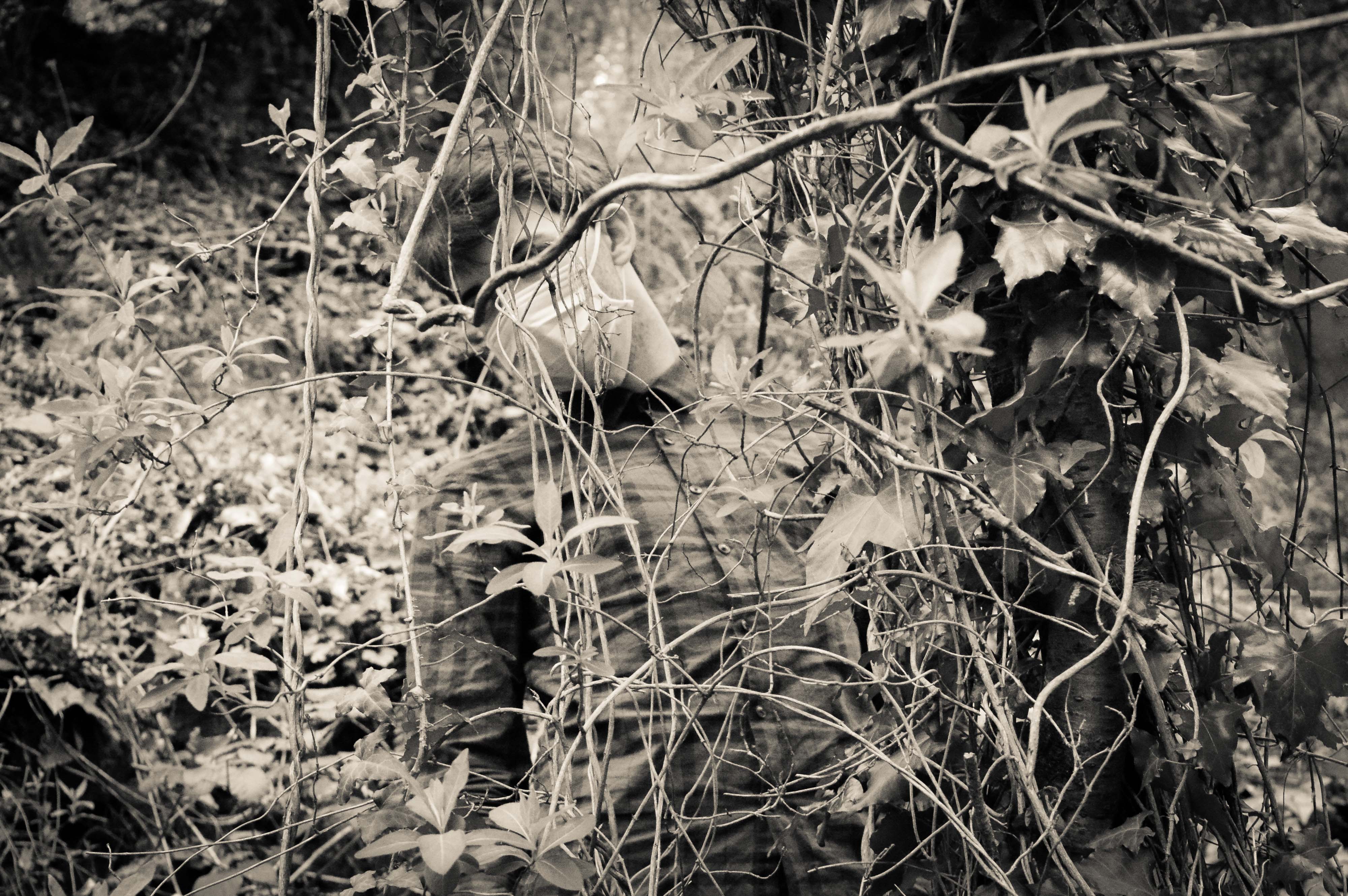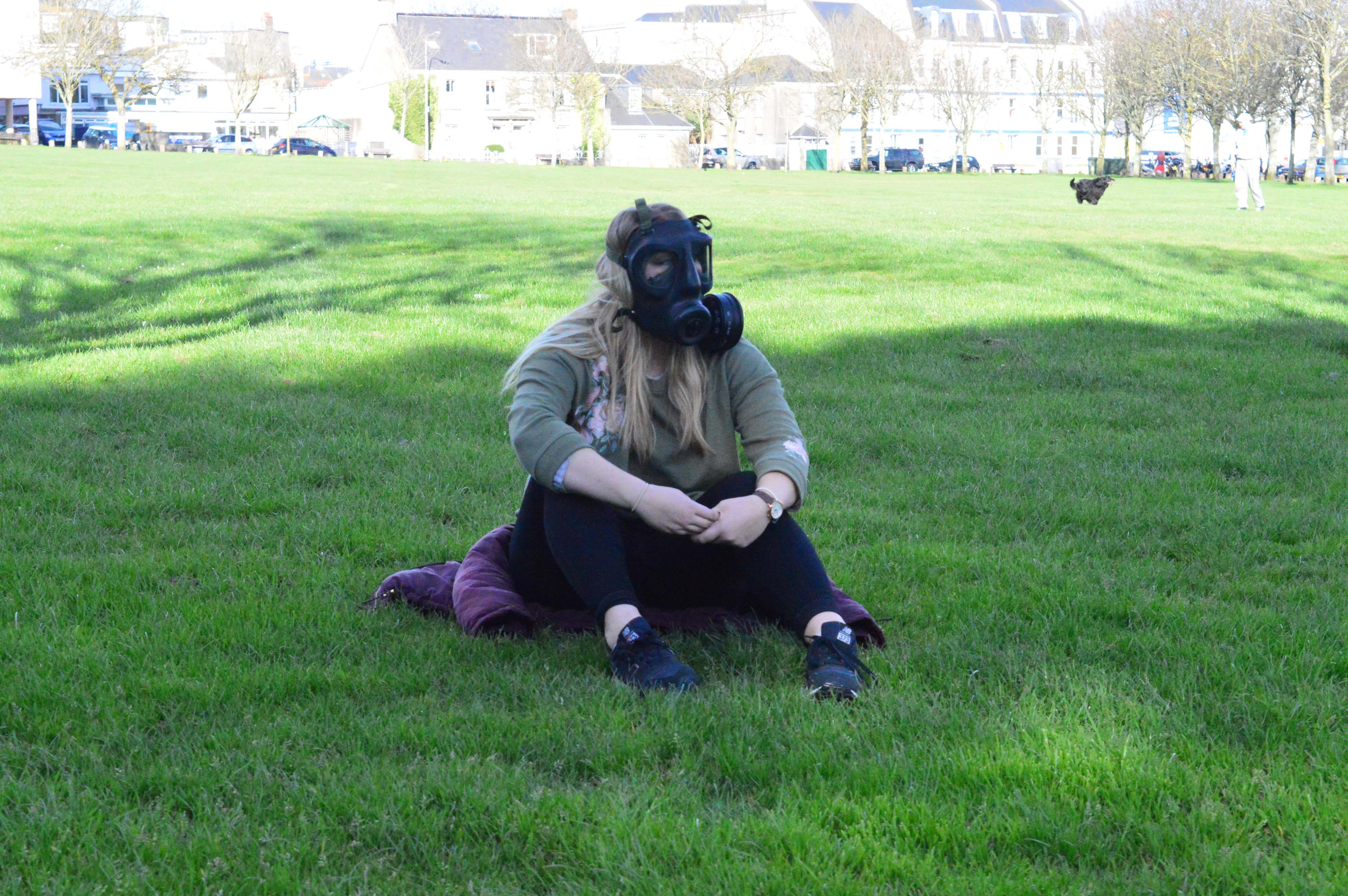This shoot was conducted in St Helier, in the area of Le Frigate and People’s Park. This shoot was unsuccessful as the ISO Sensitivity was on 6400 which meant all the photos which i took, which was over 200 turned out to be pixelated.
This shoot was done in direct sunlight as it was a clear sunny day which made it very difficult to get the photos to be quite dark which is what i was aiming for. The sun also made it difficult to find areas to photograph in without strange light patterns, this was very frustrating as it was my first shoot and i wanted to get it right for the next shoots. As you can see, these photos are pixelated and the light on the grass ruins the composition of the image:
The light is the background created a split in the image and the composition of the image is completely wrong. My idea for these images was to use the trees on either side of my model which you cannot see as a frame. However when i started photographing, the trees were to far apart and the light behind my model ruined each image as well as the fact that they are pixelated. I was very cautious to not photograph with the light behind my model but this did not work in this situation as the light was coming from the side. Also these images in general are bland and boring, they aren’t adventurous or interesting. I wanted to create images which are ordinary but with a hint of unusual to them as that will make my project much more interesting. However, i discovered that i wanted to do this after this shoot as i realized how boring they were.
The outfit of my model was completely wrong as she was wearing green and there was green is many of my photos which meant she blended in a lot. For this shoot, i did not think about my model’s appearance because i have never had to but i realized when doing this shoot that it is really important even down to the finest details of makeup.
The first images i took on this shoot were in between some bushes which created a fairly nice light pattern, however the light was far too bright which meant i played with the settings and got them completely wrong and i did not notice. These photos are very dull as i wanted to try reduce the brightness but that also reduced the colour, it also did not help that my model was wearing a green jumper.
These images are very dull and the pose of my model is very poor as she is hunched over which makes the photos very poor. These are my least favourite images as i think they were rushed as i did not want to take to long. The bush was not high enough so it cut off half way which meant that the image was split which ruined the composition of the image. The light patterned which the bushes created was only visible on half of her body which also ruined the image. The images may not seem pixelated from afar but when zoomed in, it is very clear that they are which isn’t good for printing the images which is why i won’t be using any of the images from this shoot in my book.
The images i do like and wish that weren’t pixelated were taken near the guns of People’s Park, i think this had create symbolism of war and the fight against pollution. The soldiers fought a completely different war to the one we are fighting today, yet somehow, this fight could end up being much more deadly than WW1/2.
The only problem i have with these images is that there is a bush which is pink in the background which is really frustrating as it ruins the composition and consistency of the images. It draws your attention away from the main focus of the image which is my model in either a mouth mask or full face gas mask. These images symbolize a hidden war which normal people wouldn’t see unless they read the pollution levels of the world and how E-waste and lots of rubbish is building up over the world and we cannot get rid of it quickly enough. The ocean floors are lined with rubbish but only the fish and deep sea divers know as the news wouldn’t cover this sort of “boring” news. The steps up to the guns represent the climb of pollution, my model is sat at the top because the pollution is at it’s highest and it’s a losing battle as not enough people are fighting this war as their lives are “too busy”.
This image represents a combination of nature and man made structures. It represents how humanity is over taking the earth’s natural environment and contaminating it with pollution.

My model sitting on a high rock and me shooting from a lower angle represents the power humans have over nature and how we can control what happens to it but yet we are destroying it with our cars and buildings and we do not care. Yet we will adopt a leopard for 3 pounds a month but won’t cycle or take the bus to work to reduce their carbon footprint. We humans sit on our high horse, thinking we’ve concurred the world and we are at the peak of technology but animals are disappearing, so are trees and so it our oxygen, yet we can’t tell cause we are sat so high on our horse that we can’t even see the ground, mostly because it’s covered in tarmac to make roads for NEW CARS! Even though this images represents a lot, the composition of it is very poor mostly because of the pixelation. I think if this image was not pixelated, i may of used it in my photobook as it has high symbolism and could represent a lot to many people.
I did a set of images on Victoria Avenue and they were very poor mostly because my model partially blends into the sea wall and also her pose does not work well, i should of told her to do a certain pose but i let her choose which i think ruined the images as the pose does not represent the severity and seriousness of pollution and how high the risk of wearing a gas mask is for parts of the world like China.
These photos are just so boring and dull, they have no symbolism and i am not sure why i photographed on the beach, mostly because people think that it is a beautiful place but it was not. The sand was dull, the sun was too bright for my model, her clothes were dull and do not stand out and the rocks are scattered everywhere ruining the composition. These are the worst composed out of all my photos, i tried different angles and i used different distances away from the model and i also used a tripod, yet the images are poor. I would never use these images in my book and in some of them it is very clear that they are pixelated. I could of seen the pixelation working for my project to represent the blurred vision of most of the people in the world but the images would of have to have met up to the standard and meaning of that symbol. None of these photos do.
Overall, this shoot was very poor mostly because i did not notice that my ISO sensitivity was on 6400 which caused the pixelation and also that my model wearing the completely wrong clothing and her makeup was all wrong but i did not consider this before i did the shoot. However, some of the images like the ones with the guns and the one on the rocks have high symbolism but i would prefer them to be clear as they would work better for my project as i do not like any photos being blurry. Next time i do a shoot, i will make sure that my model is wearing appropriate clothing such as a bright jumper and i also want her to have dark makeup to bring out her blue eyes as they are very powerful.

I am also planning on using a second model as she is not very good with posing but her eyes are so bold and they could add a lot of drama and tension to the images. My second model, will be much better at posing and will add much needed body language to the images to create a variety of different perspective and ideas to my project. However, i am going to pay attention to my ISO settings and male sure that my models are wearing appropriate clothing.
 The design above shows all of the pages I plan to have featured in my end result. The only definite change I will be making to this layout is to remove my single beach clean-up image, bringing my book down from 60 pages to 58. As well as this, I will be adding in subheadings, messages and facts to the blanks pages and at the start of the book; a second title page and a preface/quote. Although I have mixed up and joined together a lot of my shoots, my book will still be presenting four different sections looking at cigarette waste, plastic pollution, ocean pollution and Jersey’s waste disposal. My first decision for the design of my book was to make all the pages black, emphasising my more symbolic photographs and giving the book an overall dramatic tone. For the layout I have decided to show my journey through exploring the Islands pollution by presenting my themes in the order I completed them. The first and shortest section introduces the dark tone that is displayed throughout my book whilst only showing one style of studio photography. The next two plastic and ocean pollution sections, however, depict an array of symbolic, documentary and abstract images that, together, really do emphasise their meanings. Lastly is my Jersey waste disposal shoot which, like the first section, only shows one type of photography to tell the story. I love the variety of double page spreads, full bleeds, and mirroring techniques I have used throughout this layout and feel as if this book will be an informative and inspiring part of my final pieces.
The design above shows all of the pages I plan to have featured in my end result. The only definite change I will be making to this layout is to remove my single beach clean-up image, bringing my book down from 60 pages to 58. As well as this, I will be adding in subheadings, messages and facts to the blanks pages and at the start of the book; a second title page and a preface/quote. Although I have mixed up and joined together a lot of my shoots, my book will still be presenting four different sections looking at cigarette waste, plastic pollution, ocean pollution and Jersey’s waste disposal. My first decision for the design of my book was to make all the pages black, emphasising my more symbolic photographs and giving the book an overall dramatic tone. For the layout I have decided to show my journey through exploring the Islands pollution by presenting my themes in the order I completed them. The first and shortest section introduces the dark tone that is displayed throughout my book whilst only showing one style of studio photography. The next two plastic and ocean pollution sections, however, depict an array of symbolic, documentary and abstract images that, together, really do emphasise their meanings. Lastly is my Jersey waste disposal shoot which, like the first section, only shows one type of photography to tell the story. I love the variety of double page spreads, full bleeds, and mirroring techniques I have used throughout this layout and feel as if this book will be an informative and inspiring part of my final pieces.
 My first symbolism presentation above depicts the problem of cigarette waste and represents the message of ‘man vs nature’. These computer generated displays depict how I am intending to display my results in a classic black diptych window mount. Because of the dramatic black background of these pieces, I will be requesting they are printed off size A4 so that they can appear on gloss paper. Although I am fond of my symbolism piece using a human hand as the subject matter, I have found that the more simple mirroring effect of the two flower images looks much more dramatic and stylish. To create this display above I actually had to go back and re-edit these two images in order for both to appear in colour with the same tone and lighting effect. To make the window mount simulation above I used a very thin frame of white background before the black to create the illusion of the black frame having a bevelled edge.
My first symbolism presentation above depicts the problem of cigarette waste and represents the message of ‘man vs nature’. These computer generated displays depict how I am intending to display my results in a classic black diptych window mount. Because of the dramatic black background of these pieces, I will be requesting they are printed off size A4 so that they can appear on gloss paper. Although I am fond of my symbolism piece using a human hand as the subject matter, I have found that the more simple mirroring effect of the two flower images looks much more dramatic and stylish. To create this display above I actually had to go back and re-edit these two images in order for both to appear in colour with the same tone and lighting effect. To make the window mount simulation above I used a very thin frame of white background before the black to create the illusion of the black frame having a bevelled edge. For my next pieces presenting my creative ocean pollution symbolism finals, I will be presenting two sets of diptych images backed onto large white foam boards. Because these will all be A3 prints I originally thought about backing them onto foam board and simply displaying them as four separate pieces. However, because the images are quite similar in colour and subject matter I decided that they are best off displayed together in the hopes that they will compliment one other. I particularly like the two examples on the left together because they are a simple/abstract version of the same jellyfish-like creature. As well as this the fish and wave outcomes also work well together as it is an obvious symbol of ‘under the sea’. To re-create the Photoshop examples I have displayed above I will be first backing them onto black foam board separately (giving them more visual weight) to then arrange them side by side.
For my next pieces presenting my creative ocean pollution symbolism finals, I will be presenting two sets of diptych images backed onto large white foam boards. Because these will all be A3 prints I originally thought about backing them onto foam board and simply displaying them as four separate pieces. However, because the images are quite similar in colour and subject matter I decided that they are best off displayed together in the hopes that they will compliment one other. I particularly like the two examples on the left together because they are a simple/abstract version of the same jellyfish-like creature. As well as this the fish and wave outcomes also work well together as it is an obvious symbol of ‘under the sea’. To re-create the Photoshop examples I have displayed above I will be first backing them onto black foam board separately (giving them more visual weight) to then arrange them side by side. Lastly, for my surreal and abstract outcomes above, taken during my documentary ocean pollution shoot, I have decided to put together my most complicated window mount so far. This presentation will be paired up with my black and white documentary outcomes depicting the pollution I used to create these images. As with those outcomes, these were taken on an iPhone and therefore will also have to be printed off on A5 and A4 gloss paper. The reason I am unsure whether I will be using the five image window mount on the left or the smaller one with four is because I first want to judge the quality of the top abstract piece to see if its good enough to display. When recreating one of these examples I will most likely crop the A5 pieces to the same size in order for them to appear more professional. To create this complicated window mount will take a lot of planning, however, when finished, the end result will accentuate my photographs and present a visually stimulating collection.
Lastly, for my surreal and abstract outcomes above, taken during my documentary ocean pollution shoot, I have decided to put together my most complicated window mount so far. This presentation will be paired up with my black and white documentary outcomes depicting the pollution I used to create these images. As with those outcomes, these were taken on an iPhone and therefore will also have to be printed off on A5 and A4 gloss paper. The reason I am unsure whether I will be using the five image window mount on the left or the smaller one with four is because I first want to judge the quality of the top abstract piece to see if its good enough to display. When recreating one of these examples I will most likely crop the A5 pieces to the same size in order for them to appear more professional. To create this complicated window mount will take a lot of planning, however, when finished, the end result will accentuate my photographs and present a visually stimulating collection.











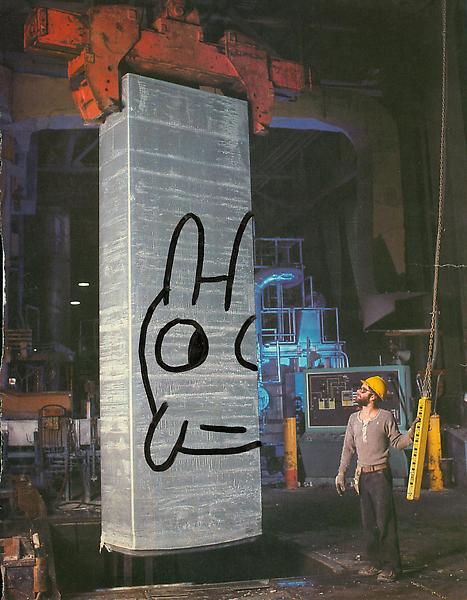


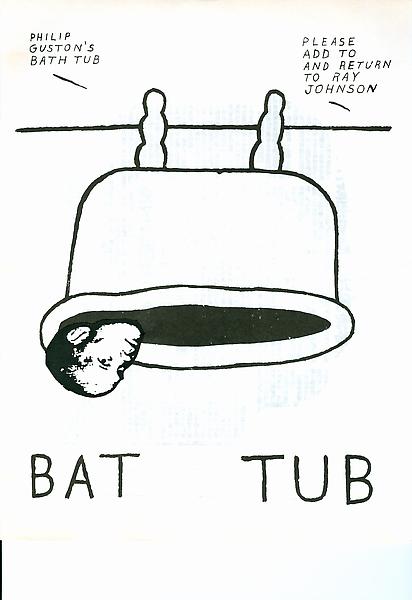

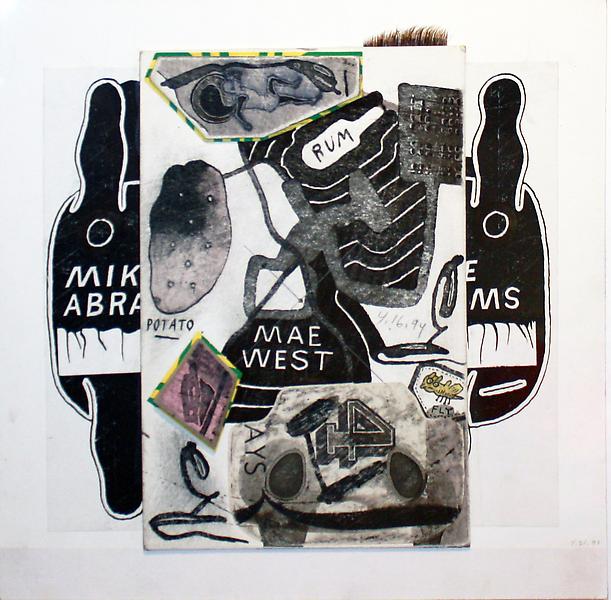


 Below are a series of small tests on my own images. They were printed out on a normal copy printer so are not a high quality and were manually deformed with pens and ink markers.
Below are a series of small tests on my own images. They were printed out on a normal copy printer so are not a high quality and were manually deformed with pens and ink markers. 
















